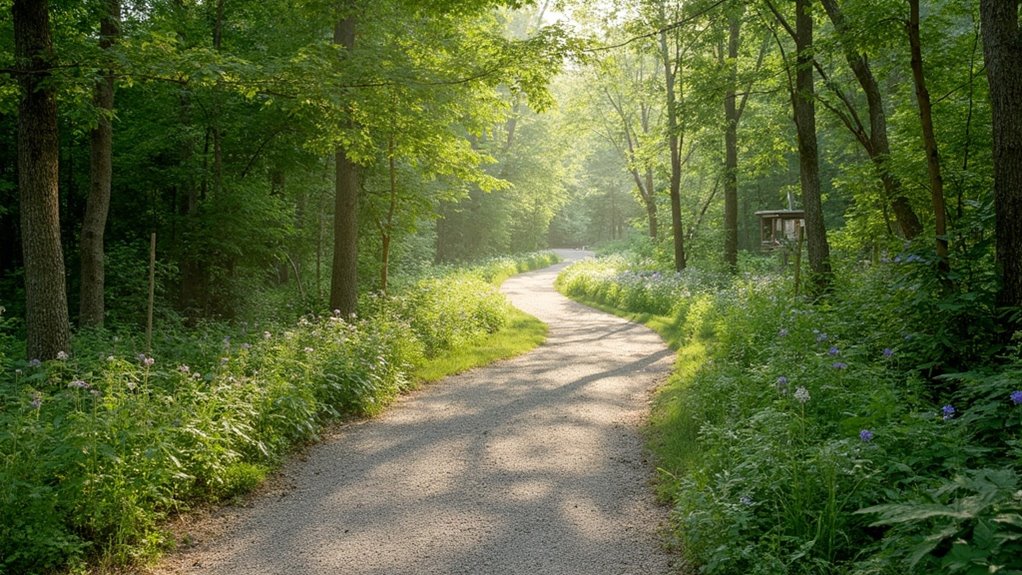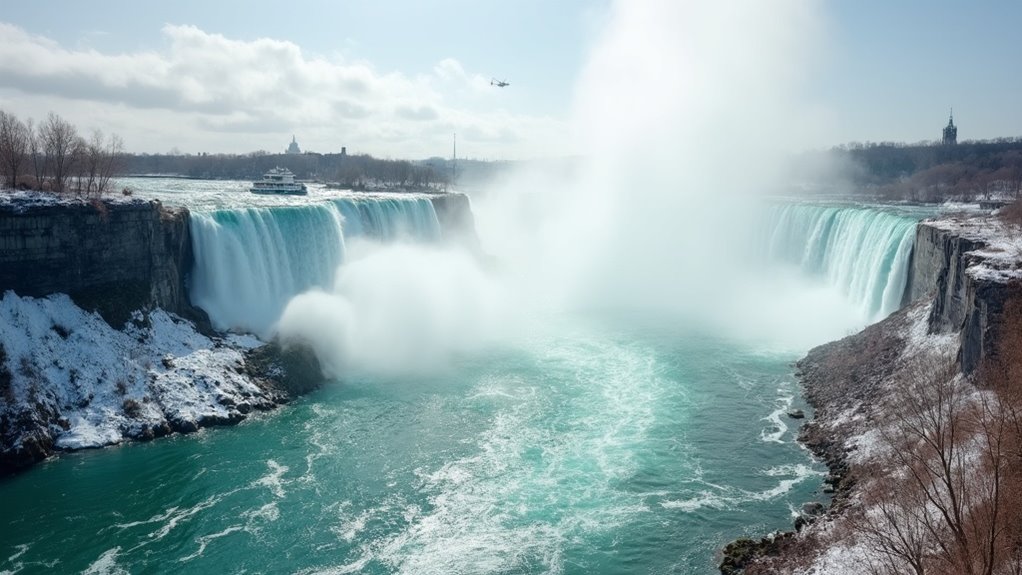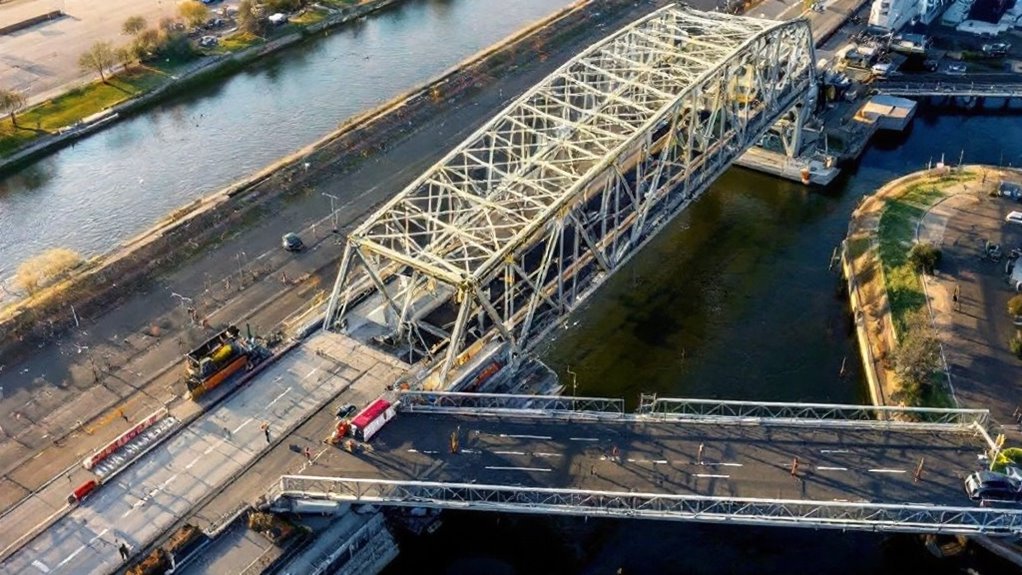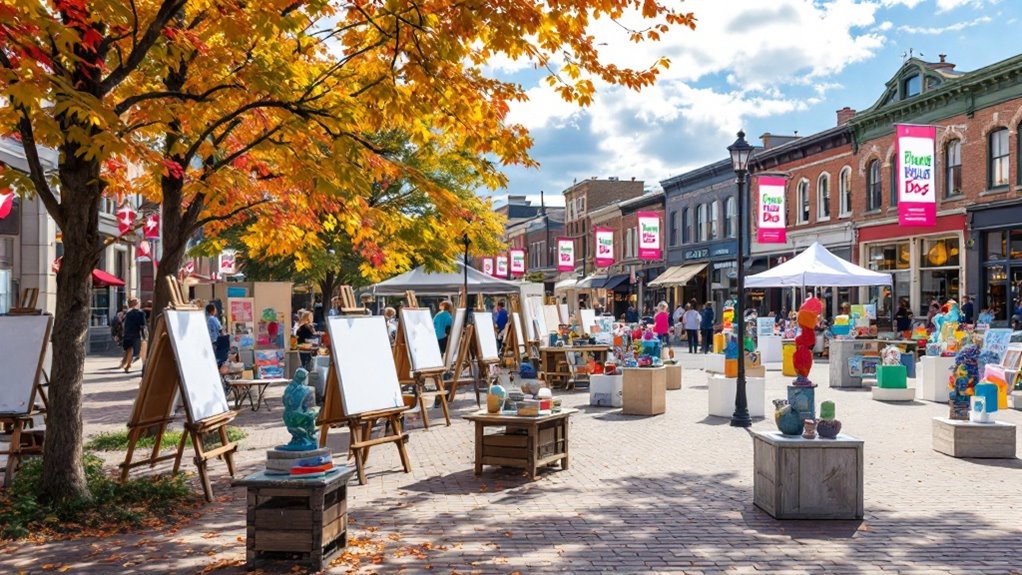As local hiking trails undergo major improvements this season, outdoor enthusiasts can expect a more enjoyable experience on their favorite paths. The trail system connecting Pelham to Thorold is receiving significant upgrades focused on surface improvements, drainage enhancements, and accessibility features.
Workers are busy grading uneven sections and adding crushed stone to create stable surfaces. In wet areas, new boardwalks keep hikers’ feet dry while protecting sensitive environments. Crews have widened narrow trail portions to a consistent 6-8 feet, making passage easier for multiple users.
Drainage problems that once plagued the trails during rainy seasons are being addressed. New water bars now divert runoff, while culverts allow water to flow under the trail rather than across it. Side ditches and French drains have been installed in particularly wet areas, and flood-prone sections now feature elevated trail beds.
Accessibility has been a major focus of the improvements. Maximum grades have been reduced to 5%, and steps have been eliminated where possible. New rest areas with benches appear every quarter mile, and all entrances are now 36 inches wide to accommodate wheelchairs and mobility devices.
Hikers will notice new signage throughout the trail system. Distance markers every half mile help travelers track their progress, while interpretive signs highlight local plants and wildlife. Maps at trailheads and intersections prevent wrong turns, and QR codes provide additional information for smartphone users.
Added amenities include new restroom facilities, water fountains, and picnic areas along the route. Safety improvements feature emergency call boxes placed every mile, better sightlines at curves, and reflective markers for evening walks. Research indicates these trail improvements could help residents increase their weekly exercise by up to 45 minutes.
Environmental protection remains a priority in the upgrade project. Permeable surfaces reduce runoff, while elevated boardwalks protect sensitive areas from foot traffic. Native plants now stabilize slopes prone to erosion, and newly designated buffer zones protect waterways and wildlife habitats.
These thorough improvements guarantee the trail system will serve hikers, cyclists, and nature lovers with greater comfort and accessibility for years to come.
To discover more environmental initiatives and trail improvements in the region, visit Marketplace Niagara.









